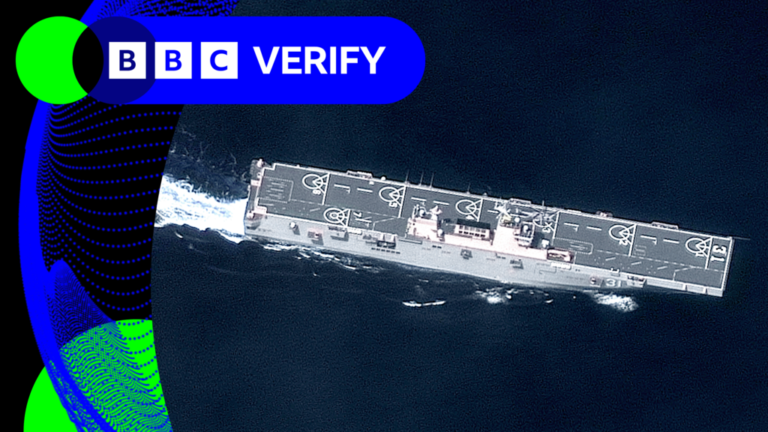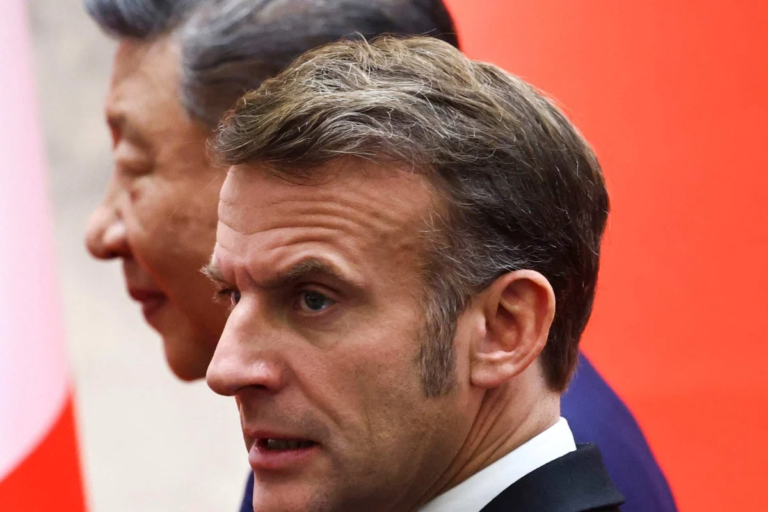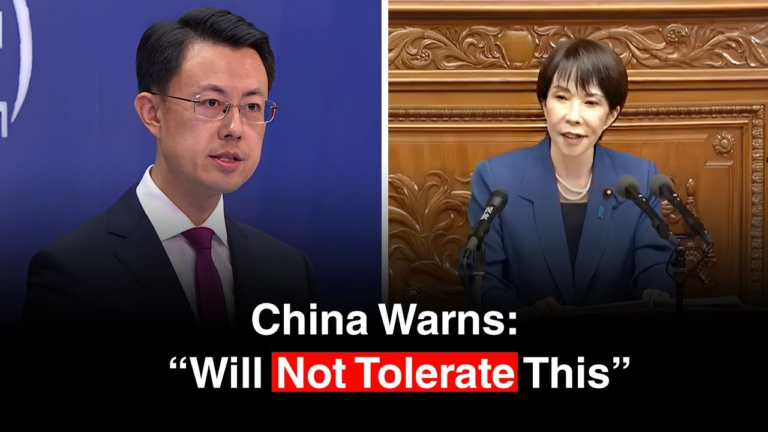
In February 2023, half a year or so before I visited, a couple of Chinese ships cut two domestic undersea cables running out from Taiwan’s main island. One of these, named Taima No. 3, provided connectivity to the island of Nangan. On paper, the ships were a fishing boat and a cargo vessel, but the Chinese navy so frequently uses ostensibly civilian craft for military purposes that it’s impossible to be certain whether the cuts to these cables were accidental or not. Nangan is part of a spray of islets called the Matsu Islands, and cables in this small archipelago had been damaged at least twenty times in the preceding five years. The 2023 cuts, coming on the heels of a year of bitter tension with China, were a fresh reminder of Taiwan’s mid-ocean vulnerability. Fifteen international cables connect Taiwan to the world. Its western flank faces China, and its eastern flank is seismically unstable; over a three-year period, Taiwan’s international and domestic cables suffered more than fifty cuts as a result of both manmade and natural factors. Were a foreign power to snap those fifteen international cables, Taiwan — the West’s buffer against China, and the semiconductor factory to the planet — would be unmoored from the world it needs and the world that needs it.
At the county headquarters in Nangan, I ran into a boyish man named Tsung Chun Yen, who wore glasses, braces, and spiky short hair. Tsung, who worked in the county’s anti-corruption office, grew up near Taipei, and he’d been working in Nangan for four years already when the February 2023 cable cuts occurred. On that particular day, he told me, he’d been in Taipei visiting his family, and when he returned to Nangan and stepped off the plane, he found that his phone didn’t even have 2G data. “I felt like I’d entered a different world,” he said. Like a hoarder, he’d made sure to download music and television shows before he left Taipei; he’d been rewatching Friends on Netflix, he said, and its long seasons sustained him through the coming weeks of internet blackout. The government office had emergency connectivity, via a microwave link, but it was so slow and suddenly overburdened that it took Tsung five minutes to download his email. He was in his mid-thirties when I met him, and he just about remembered the internet access of the 1990s, when his family dialed into the World Wide Web through the telephone line: “The connectivity at the government office was much slower even than that.”
Tsung directed me to the Lienchiang County Hospital nearby. The hospital’s IT chief, Rex Wang, with some assistance from Google Translate, narrated how the hospital got by in the months after Nangan’s cable was severed.
Like the government office, the hospital was left only with patchy microwave access to the internet, Wang said, and its bandwidth was limited. Doctors could run a Google search and sometimes even search for patient records, but if they wanted to upload X-ray files to data servers in Taiwan, that wasn’t possible. “In Taiwan, we have a national health insurance scheme, so that if you go from one hospital to another, the images are available to everyone,” Wang said. “Also, since this is an island, sometimes we’d need a helicopter from Taiwan to come and take people back for more advanced treatment. But even to apply for the helicopter, you needed the internet.” Someone dug out a fax machine, which could ride the emergency microwave link to send and receive sparse patient records to and from Taiwan, but its quality was poor. Through those months, Wang recalled four or five patients requiring urgent transfers to Taiwan — people with strokes or traumatic injuries — so hospital employees copied their records and images onto CDs and flew with the CDs to Taiwan, to apply for the patients to be airlifted out of Nangan. There were still doctors, drugs, and nurses on hand, so the practice of medicine didn’t seize up entirely. Still, for two months, Nangan’s hospital was effectively excised from its nation’s medical network, while Taiwan’s government scrambled to repair the broken cables.
For Taiwan, a heavily digital island nation, the preoccupation with protecting its cables—always implicitly from China—is almost existential.”
For months before my arrival in Taiwan, I’d been in contact with Herming Chiueh, an electrical engineer who was serving as Taiwan’s deputy minister of digital affairs. I’d expected his government to be reluctant to discuss the cable cuts in the Matsu archipelago, but Chiueh was forthright. Taiwan wanted the world to know how precarious its security could be, he told me — and that extended to its essential connectivity.
On different dates in early February, the two Chinese ships had dropped anchor upon the seabed and then kept going, so that the blades of the anchors likely broke the cables, Chiueh said. “I say this is ‘accidental,’ and they also said it was ‘accidental,’ so ‘accidentally’ all this happened within a week,” Chiueh said, the scare quotes audible to everyone. Officials knew the waiting time for repairs could run as long as six months; in fact, by the time a Global Marine ship finished the fixes on both cables, it was nearly June. Unlike Tonga, Taiwan had kept its microwave data links in working condition. But the speed of this data connection — shared, at first, only by Nangan’s public institutions — was an inconsistent 2.2 gigabytes a second, less than a quarter of what the island was accustomed to. Sending a text message could take up to twenty minutes. “We got complaints,” Chiueh said in his wry way. It took a month to upgrade the microwave relays to a faster speed, so that the wireless internet could be fanned out to other residents on the island. The microwave link was vital, Chiueh said. “We were giving out post-Covid payments of around $200 to every citizen — and during that period, we were using the internet to disburse the money.”
For Taiwan, a heavily digital island nation, the preoccupation with protecting its cables — always implicitly from China — is almost existential. The government is putting into action a medley of plans to build backups and backups to backups, Chiueh said — not all of which he could share with me. New domestic cables, including another one running out to Matsu. More landing stations, given that all of Taiwan’s fifteen international cables terminate in just three points on the main island at present. Better microwave links. Seven hundred ground-based satellite receivers, to help set up what Chunghwa executives call “a multi orbit satellite service portfolio.” Government offices, Chiueh said, were preparing extreme contingency procedures so that “if, on any day, all the subsea cables are destroyed, they can still talk to their partners overseas.”
The law around undersea cables turns out to be just as murky and uncertain as the submarine depths in which these cables lie.”
Not long after the cables in the Matsu islands were cut, Taiwan’s communications authority proposed heavy criminal penalties for anyone who damaged subsea cables: a fine of up to $3.2 million and life in prison. The law is both harsh and, in the case of foreign actors, essentially meaningless. How would a Taiwanese court even begin to try the Chinese crew of a long-gone fishing vessel? At present, there is no effective, coherent body of law to hold responsible saboteurs of cables at sea. The only guides available are a mess of national regulations and the UN Convention on the Law of the Sea. Jurisdictions overlap furiously: if, out in international waters, a ship flagged in Panama and operated by an Indian crew cuts a cable that lands in several countries along the west African coast and that is co-owned by British, South African, and American companies, who is the perpetrator, who is the victim, and where would a trial take place? The law around undersea cables turns out to be just as murky and uncertain as the submarine depths in which these cables lie.
For more than a century, the positions of cables at sea have been recorded carefully in maps and published — the better to warn ships to avoid them. “But if this data is used the other way, it becomes a vulnerability,” Chiueh said. “All countries face this problem now.”
The vulnerabilities of cables in the twenty-first century — their sudden elevation into prime targets for sabotage — could roll back decades of transparency. On the other hand, Chiueh said, “if you have a cable that isn’t on the map, in general it will be cut more often — and those cuts will really be accidental, because ships can’t avoid them. Here is the dilemma.”





